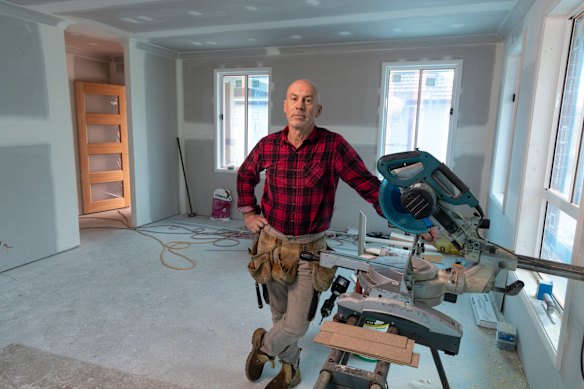Builder Anthony Malone has recently received approval for a new single-storey home in Port Stephens, Australia, but the process has come with a staggering 86 conditions of consent. The approval, which took nearly 11 months to secure, has raised concerns about the complexities involved in home construction in the country.
Malone’s experience reflects a broader issue within the Australian housing market. This week, the federal government’s economic reform roundtable expressed support for simplifying the National Construction Code, aimed at expediting home construction. Housing Minister Clare O’Neil described the code’s near-3,000 pages as “ridiculous” in its complexity, contrasting it with a project approval he found from 1991 for a four-townhouse development, which had only five conditions.
The approval process for Malone highlights the numerous challenges builders face. To comply with the stringent conditions, he must hire various professionals, including surveyors and structural engineers, to produce a multitude of reports. These reports cover aspects such as geotechnical assessments, building setouts, landscaping, and stormwater management.
“It’s difficult to do affordable housing when we have all of these extra conditions attached, and they come at a cost,” Malone stated. He underscored the financial burden these requirements impose before even considering additional fees associated with the project, such as stamp duty, developer contributions to local councils, and the state government’s infrastructure levy.
Despite the increased energy efficiency of homes today compared to those built in 1991, Malone remains skeptical about some of the new regulations. He believes that improvements could often be achieved with simple solutions like enhanced insulation rather than complex requirements.
The discussion around the National Construction Code and its implications for home builders has gained momentum as more voices advocate for a streamlined approach to housing regulations. The need for affordable housing is becoming increasingly urgent, and the lengthy approval processes may hinder progress in addressing this critical issue.
As the government considers reforms, the experience of builders like Malone serves as a reminder of the complexities that remain in the housing sector. Simplifying regulations could lead to a more efficient construction process, potentially benefiting both builders and prospective homeowners.































































